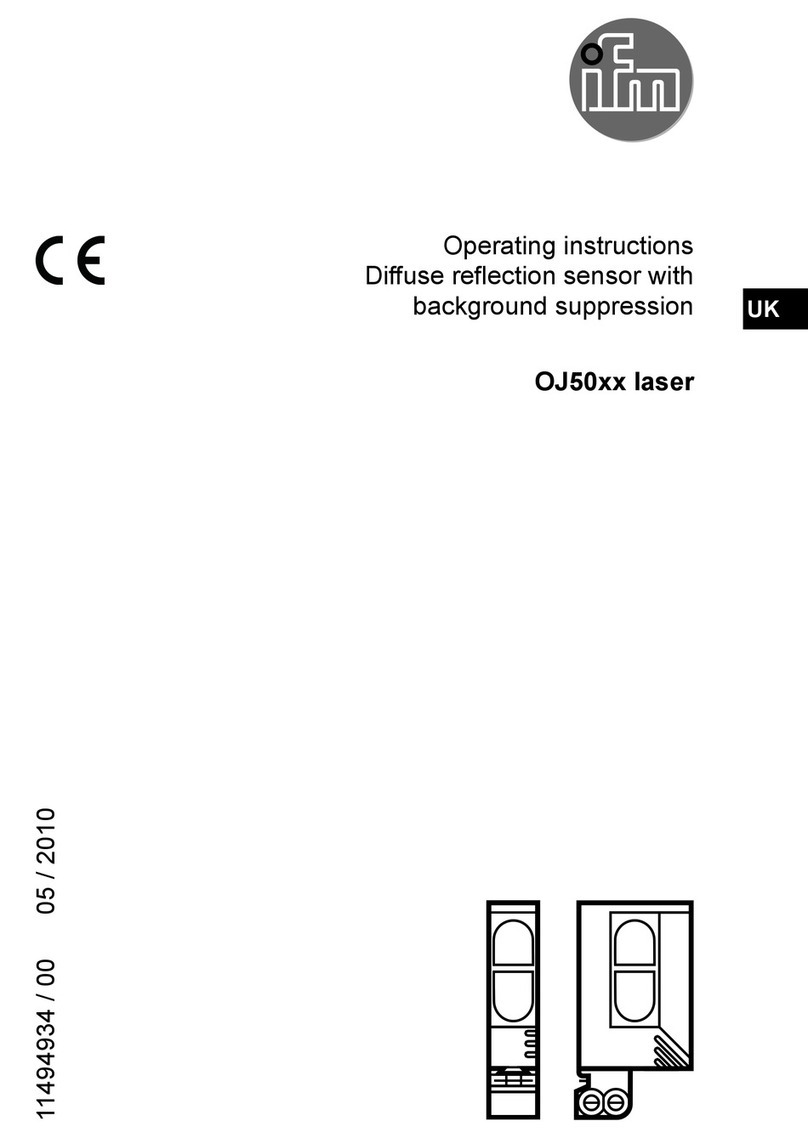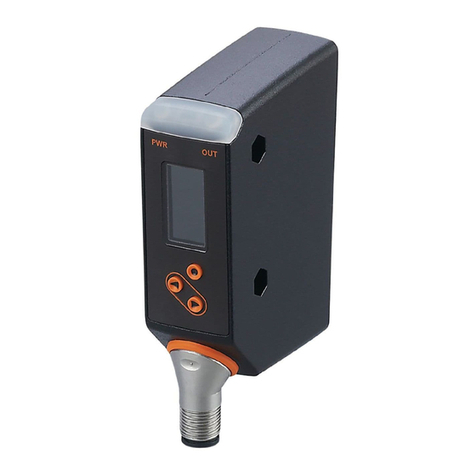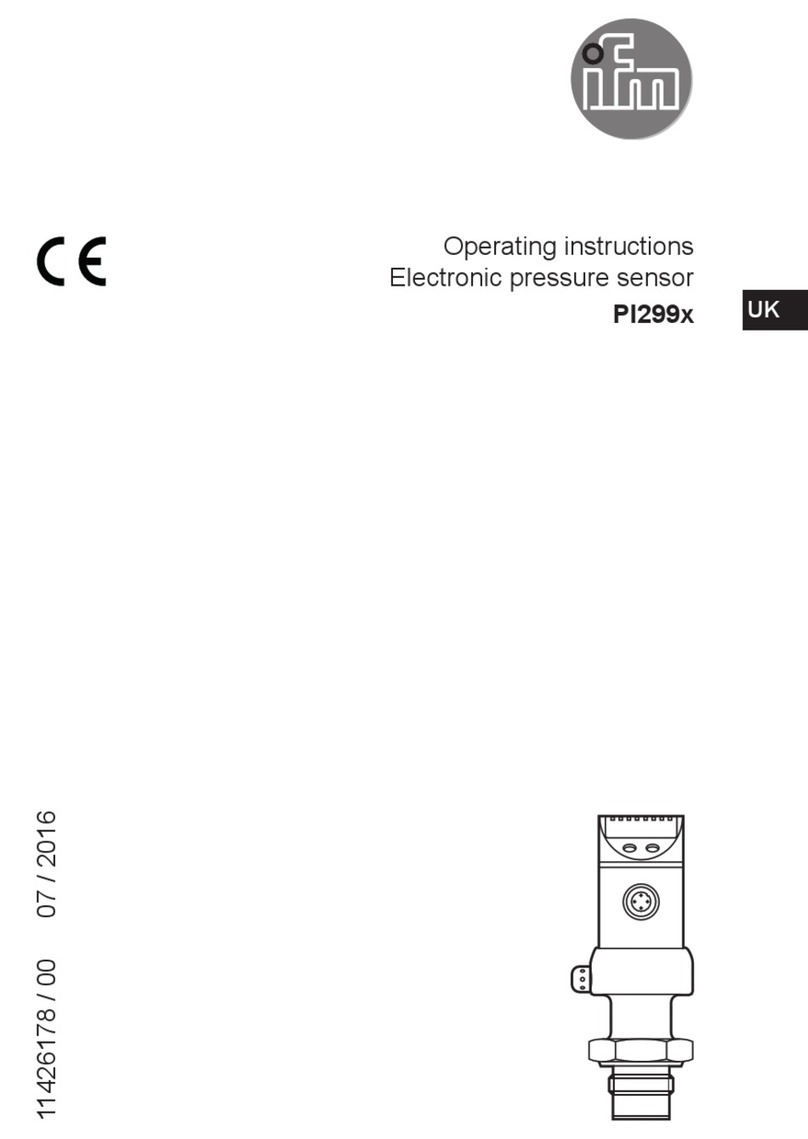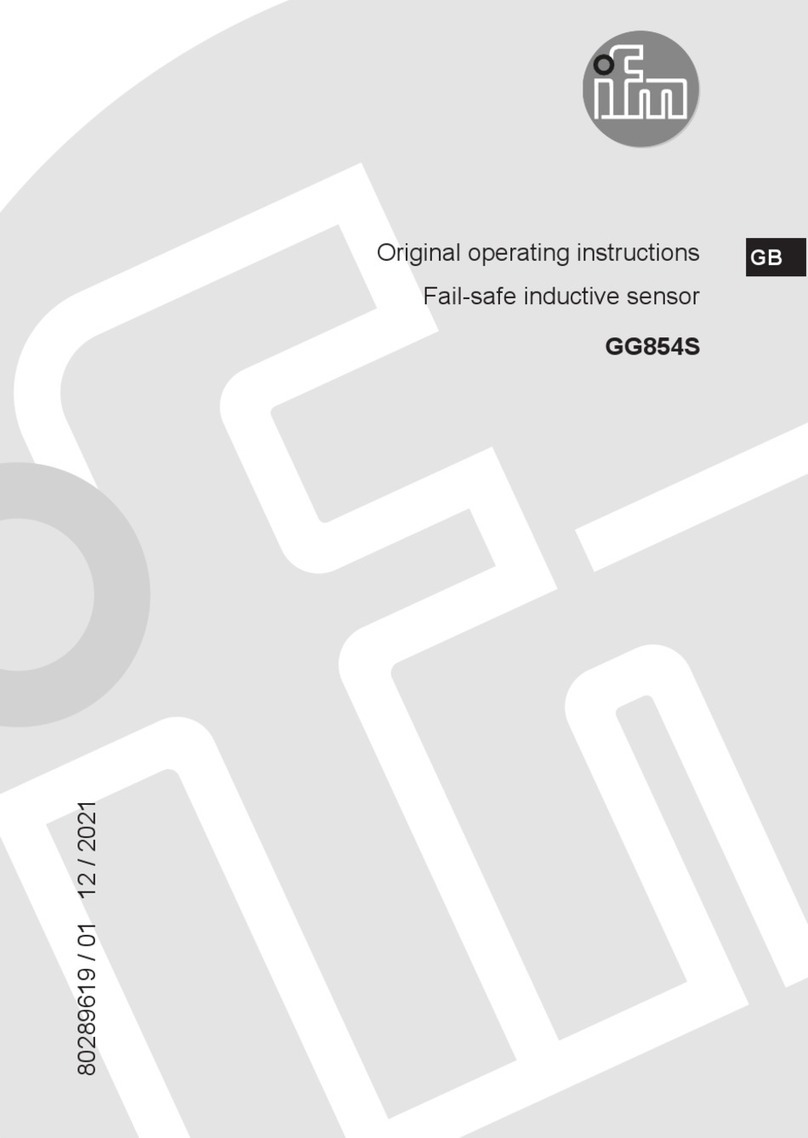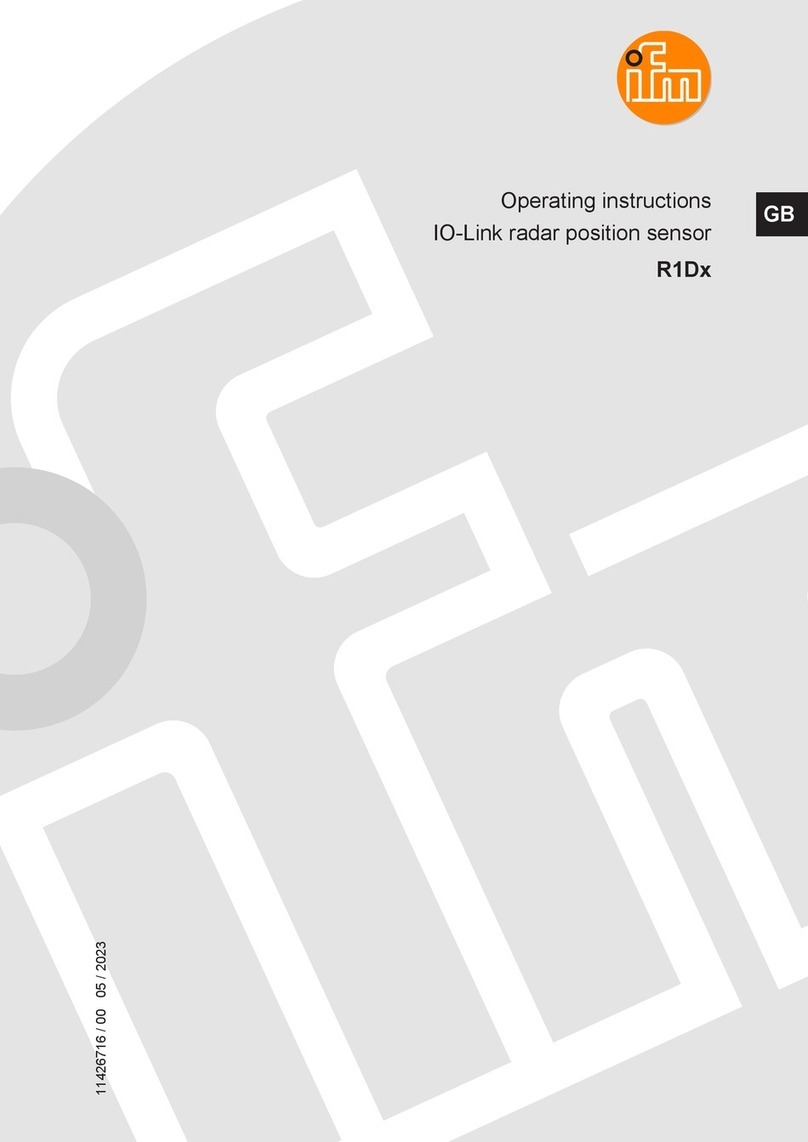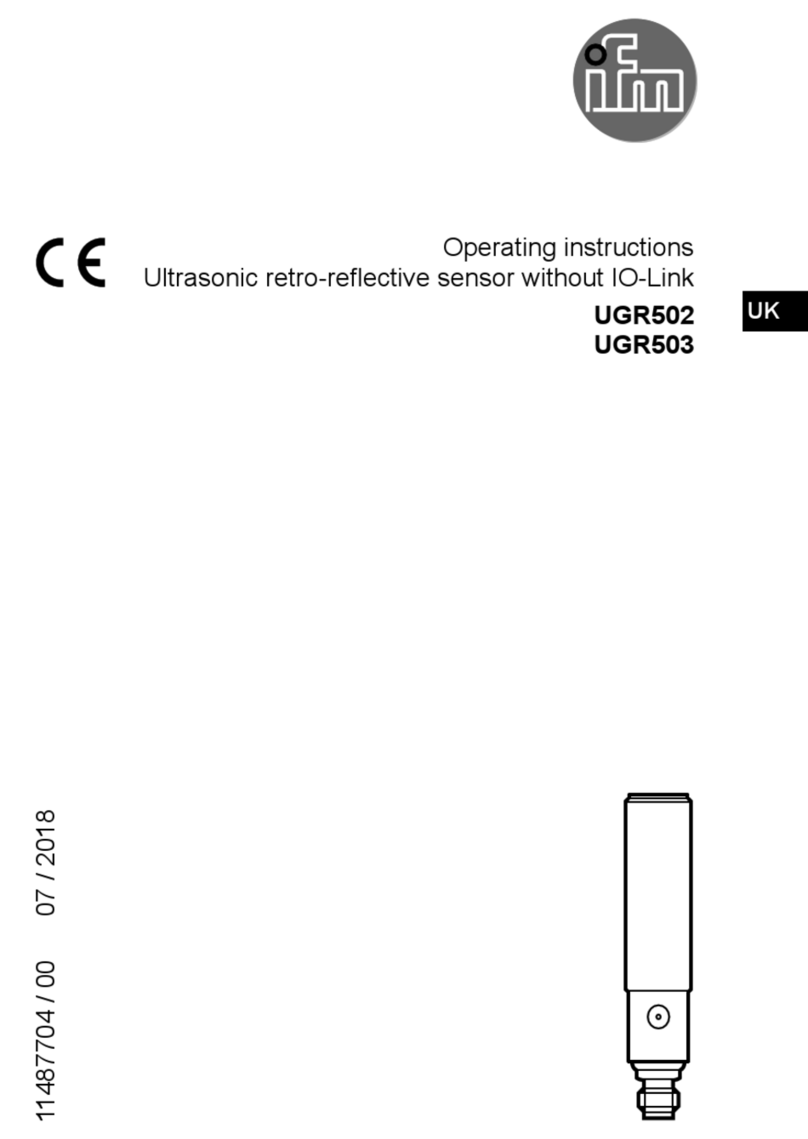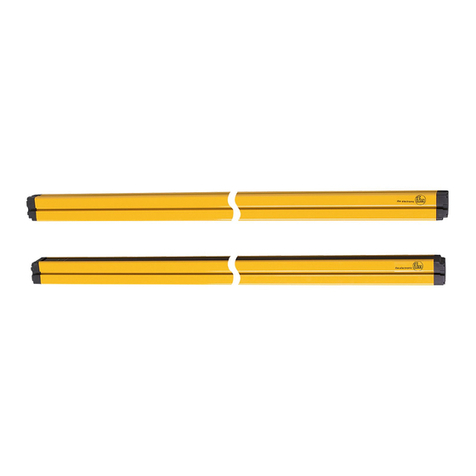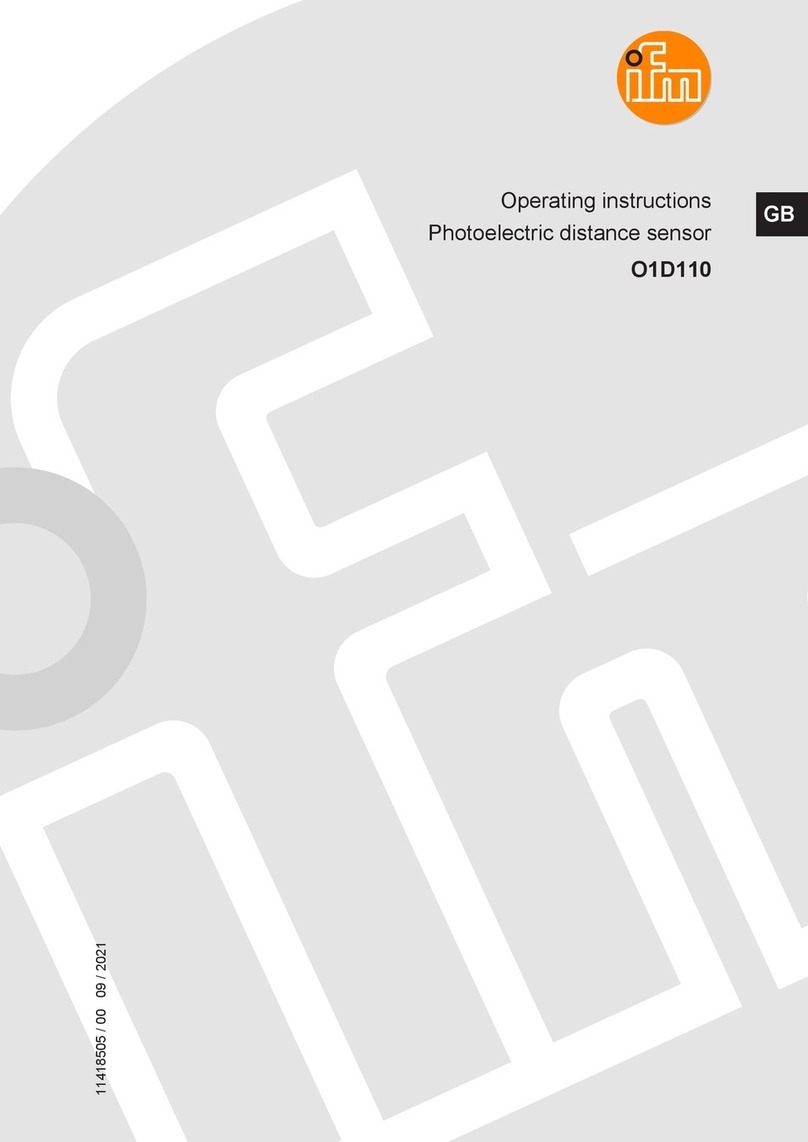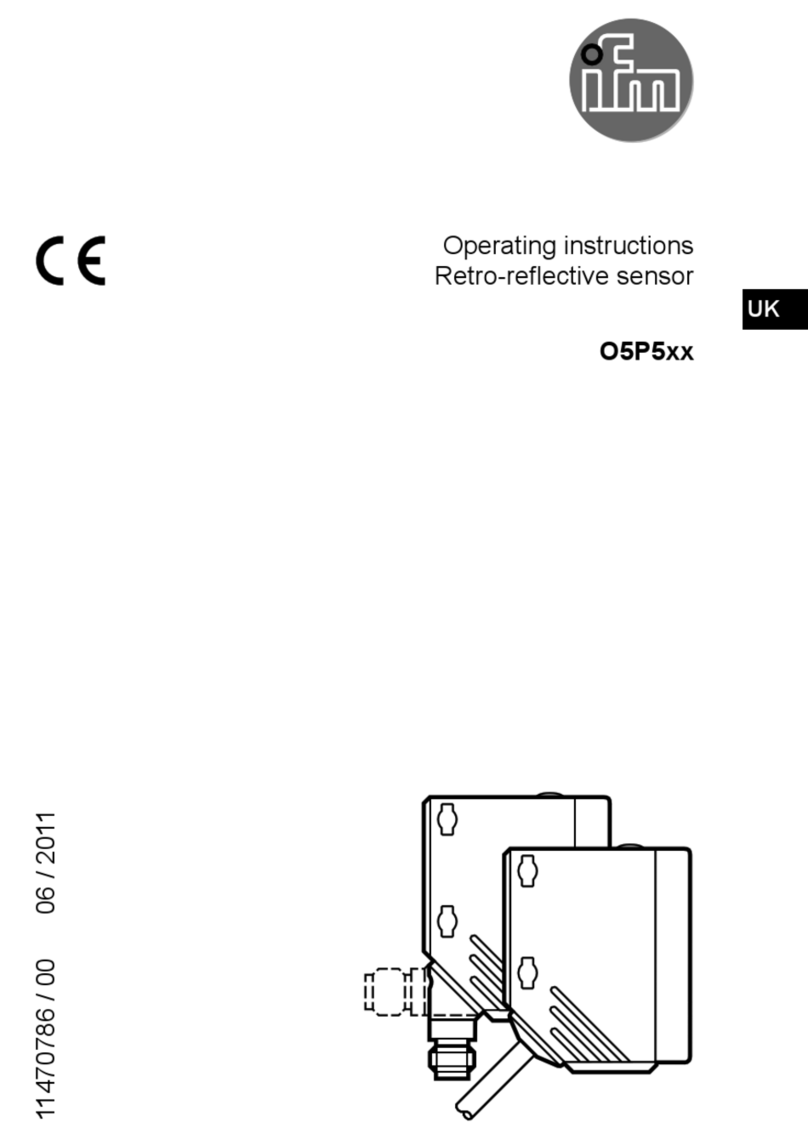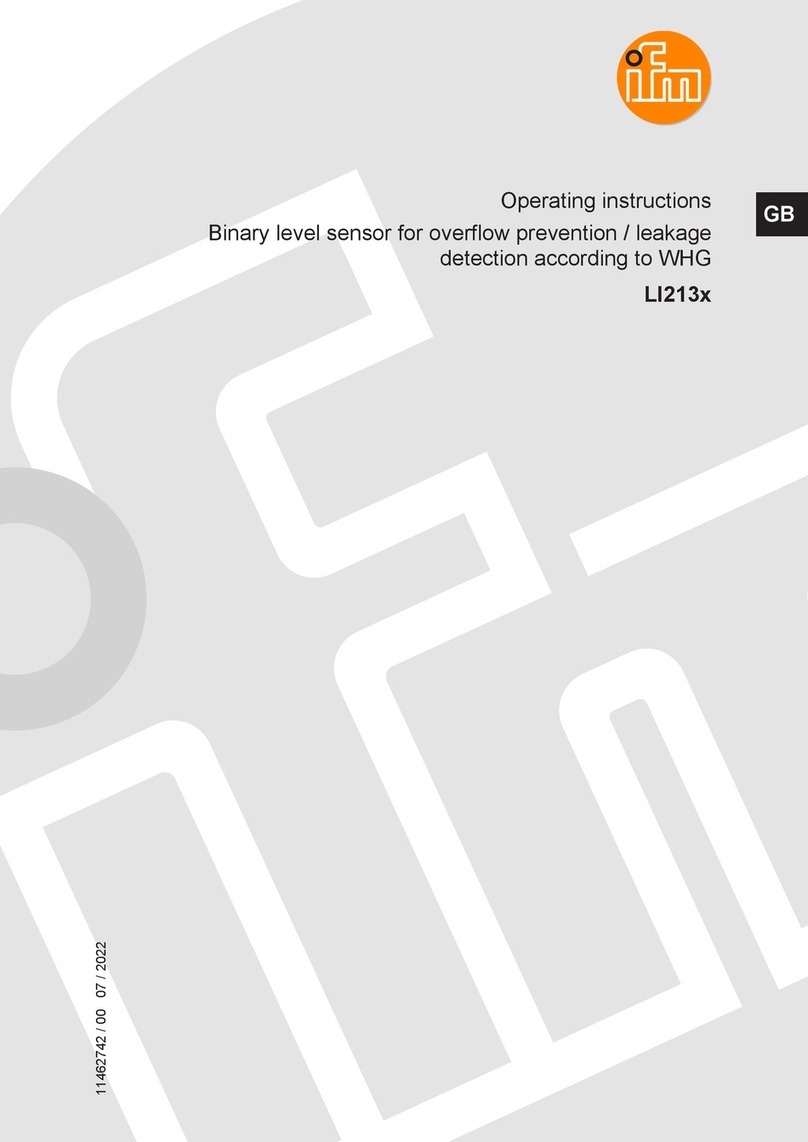
2
Contents
1 Preliminary note���������������������������������������������������������������������������������������������������3
1�1 Symbols used ������������������������������������������������������������������������������������������������3
2 Safety instructions �����������������������������������������������������������������������������������������������4
3 Functions and features ����������������������������������������������������������������������������������������4
3�1 Applications ���������������������������������������������������������������������������������������������������5
4 Function���������������������������������������������������������������������������������������������������������������6
4�1 Operating modes �������������������������������������������������������������������������������������������7
4�2 Communication, parameter setting, evaluation ���������������������������������������������8
4�3 Switching function������������������������������������������������������������������������������������������9
4�4 IO-Link ���������������������������������������������������������������������������������������������������������10
4�4�1 General information ����������������������������������������������������������������������������10
4�4�2 Functions only available via IO-Link communication��������������������������10
5 Installation���������������������������������������������������������������������������������������������������������� 11
6 Electrical connection������������������������������������������������������������������������������������������12
7 Operating and display elements ������������������������������������������������������������������������13
8 Menu������������������������������������������������������������������������������������������������������������������14
8�1 Menu structure: main menu�������������������������������������������������������������������������14
8�2 Explanation of the menu������������������������������������������������������������������������������15
8�2�1 Explanation of menu level 1 ���������������������������������������������������������������15
8�2�2 Explanation of menu level 2 ���������������������������������������������������������������15
9 Parameter setting ����������������������������������������������������������������������������������������������16
9�1 Parameter setting in general �����������������������������������������������������������������������16
9�2 Define the operating mode (optional)) ���������������������������������������������������������19
9�3 Configure display (optional)�������������������������������������������������������������������������19
9�4 Set output signals ����������������������������������������������������������������������������������������20
9�4�1 Set output functions����������������������������������������������������������������������������20
9�4�2 Set switching limits for the hysteresis function �����������������������������������20
9�4�3 Set switching limits for the window function ���������������������������������������20
9�5 User settings (optional)��������������������������������������������������������������������������������21
9�5�1 Set delay time for the switching outputs ���������������������������������������������21
9�5�2 Set output logic for the switching outputs �������������������������������������������22
9�5�3 Set damping for the switching signal ��������������������������������������������������22






